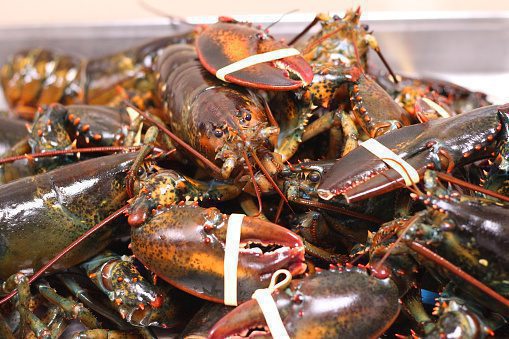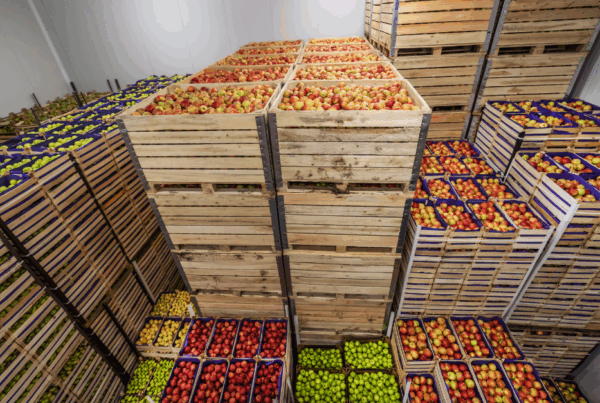Lobster sales were spurred initially after China announced a pending reduction in tariffs on the crustaceans, but the skies darkened as threat of the Coronavirus swelled overseas. Lobster exports to China have been reduced by 31% since the high tariffs were imposed by the Chinese in response to US action. With Chinese companies now petitioning the country’s Ministry of Finance to file tariff exemptions on seafood and aquatic products, the slow recover of lobster exports could begin in earnest, providing the issues surrounding shipping are settled with the Coronavirus.
The New England Lobster Industry is buzzing with anticipation after China recently announced their openness to reduce tariffs on a multitude of U.S. seafood species including the North American Lobster.
One thing which may be of concern for New England Lobster producers is the unusually warm winters, such as this one, which have plagued the industry over the last decade or so due to climate change. Such conditions in the recent past have led to warmer waters in the Gulf of Maine (and elsewhere) which then led to early shell shedding which in turn led to early harvesting. For example, back in 2012 and subsequent years since, harvesting began as early as May which is weeks ahead of the natural schedule. In some instances this increased yield considerably which drove down price drastically as supply outpaced demand. Lobster companies found themselves ‘dumping’ lobster into the Canadian market and elsewhere. Additionally, it left lobstermen pulling up traps full of soft shell lobsters earlier in the season. Soft shell lobsters are less in demand and do not transport quite as well.
Certainly the industry has learned its share of lessons since 2012 on how to prepare for early harvest years with high yields. There has been a multitude of methods employed by various regions to adapt to seasons such as this. One example is an increase in larger facilities with high capacity tanks. This allows for a higher volume of lobster to be held for a lengthy period of time, though not indefinitely. Additionally there has been a rise in the number of processing facilities that cook, pick and pack lobster meat than we had access to years ago. This is a valuable option to have in a high yield year when tank space is less available. Freezing is also an option as frozen lobster tail is a sought after item domestically, but is less of an export staple into China or other foreign markets.
All things considered, the New England Lobster Industry is a robust and nimble one. Since the retaliatory tariffs went into effect in July we have witnessed industry leaders refocus their efforts towards growth within regional markets while still maintaining their engagement with clients in mainland China. This is not the first storm the lobster industry has collectively weathered and likely will not be the last. If and when the Chinese tariff does return to a more traditional rate, it will be interesting to see how prepared the lobster industry will be to swiftly jump back into that market.




